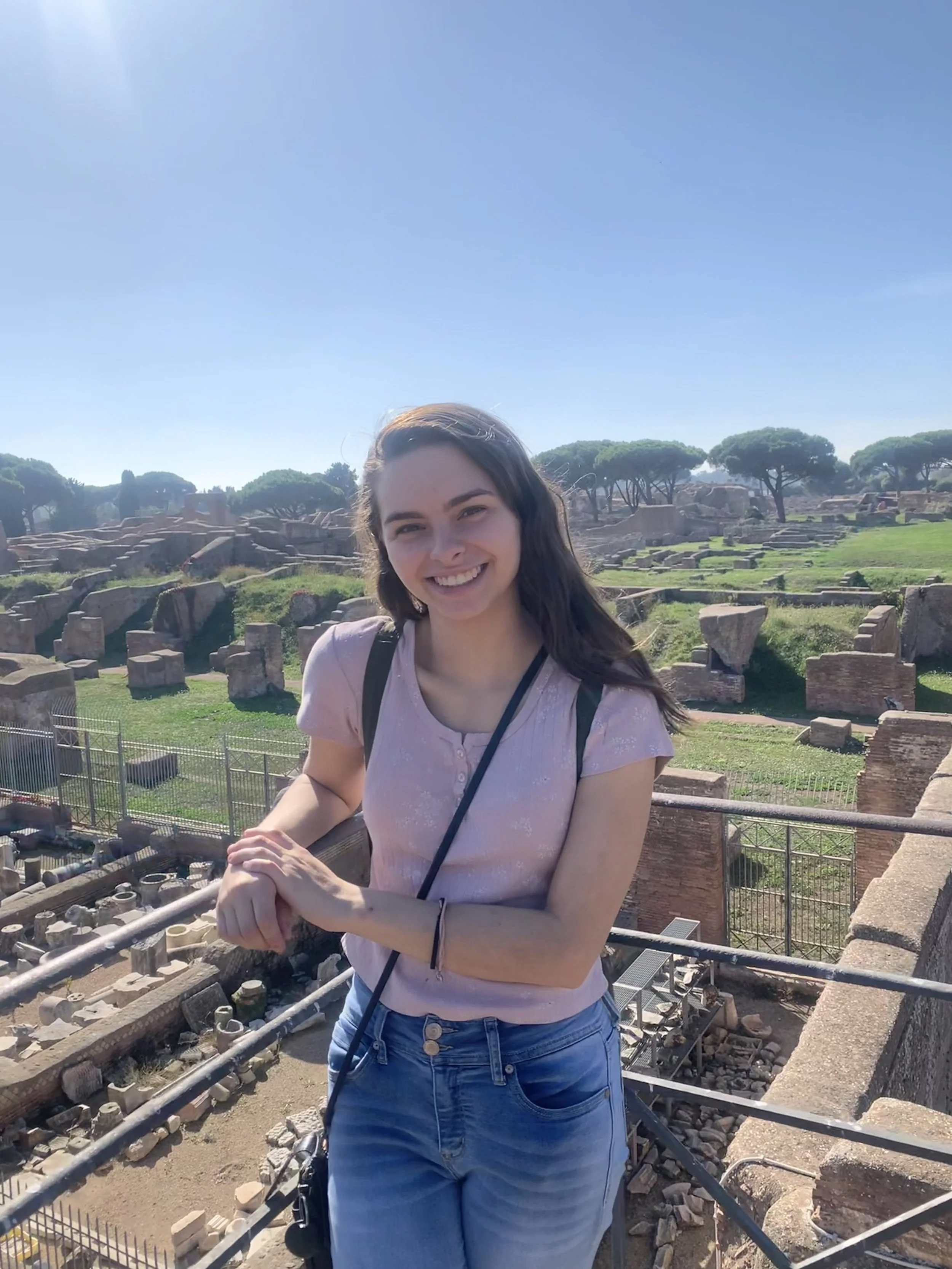Equitable and Inclusive Design
Click the Poster to View Full Screen, Right click to save image
Abigail Boussios
College:
Michael Graves College
Major:
Architecture (M.Arch.)
Faculty Research Advisor(s):
Venesa Alicea-Chuqui
Abstract:
Gender bias can be found in the design of public, urban spaces. Women historically do not have a significant voice in the way our communities are planned and developed. A recent 2022 report from the United Nations Development Programme highlights that “most cities are built by men, for men, with little or no thought for women’s and girls’ needs, aspirations or safety.” In observing the sustainable goals depicted by the United Nations, we can understand that reducing inequalities, especially under gender equity, and the well being and safety of our communities is a necessity as much as it is a priority to create welcoming and inclusive environments for all to experience. Our public, communal spaces influence and shape the social dynamics of society, affecting peoples mental health and well-being. Density, accessibility, visibility, transportation, diversity, lighting, and shading are all inclusive urban elements to review in designing safe and inclusive spaces. My research explores how these inequitable, gendered spaces in our urban environments create obstacles for women such as violence, indigence, unequal/limitation of job opportunities, and a deficiency in the ability to voice their opinions in public/private decision making. In analyzing data completed in a survey, along with a preliminary review of academic articles and a similar study conducted last semester, it seems that simple public amenities, such as visibility, lack of lighting, walkable areas, and so on are elements that make women feel unsafe in urban areas. Equitable design in urban areas can create spatially dynamic, inclusive, and safe spaces for women to experience within the public domain. Accessibility to simple urban necessities and an equitable voice/activism in our policymakers is the biggest challenge we face to grant these inclusive spaces a chance in our world. It is possible to design inclusive, equitable public spaces - we must challenge entrenched social norms on gender conforming roles in society to see change. Challenging tradition is how change is invoked, because when we look at urban design with multiple perspectives, it ensures that all avenues of wellness and inclusion can be explored not just for women, but everyone. Simply put - equitable design in urban areas can create spatially dynamic, inclusive, and safe spaces for all to experience within the public domain.

